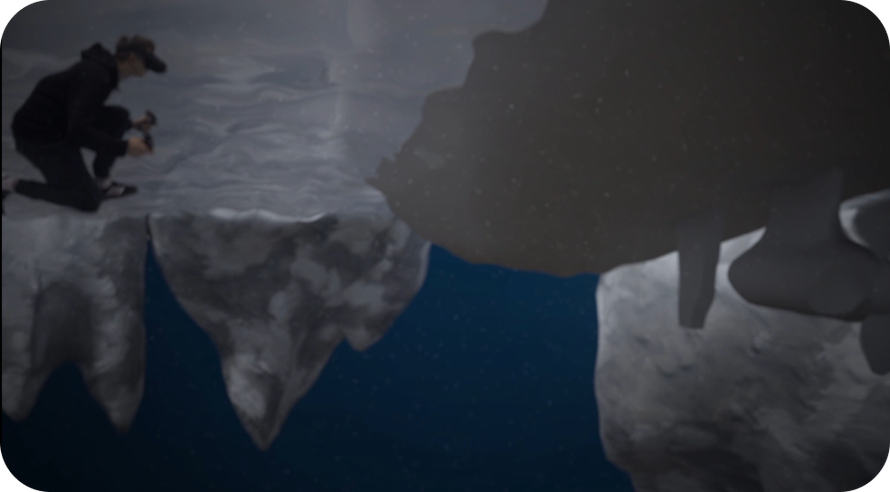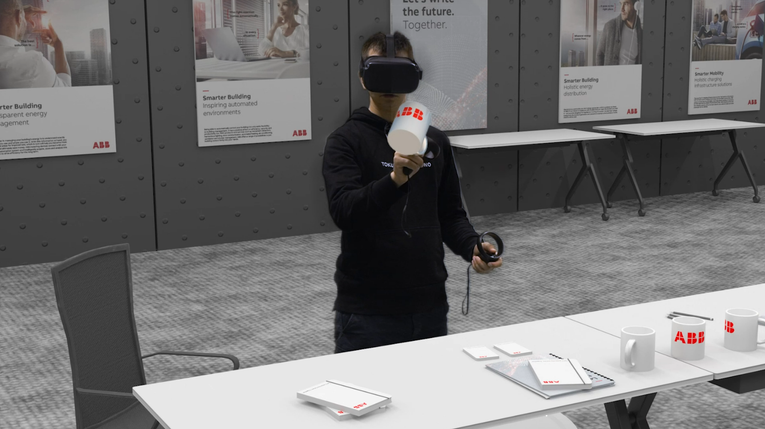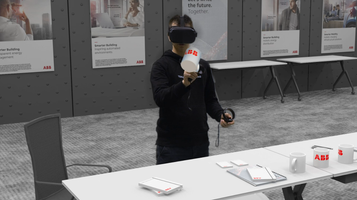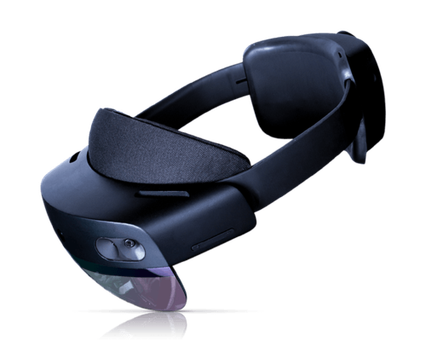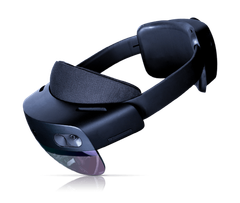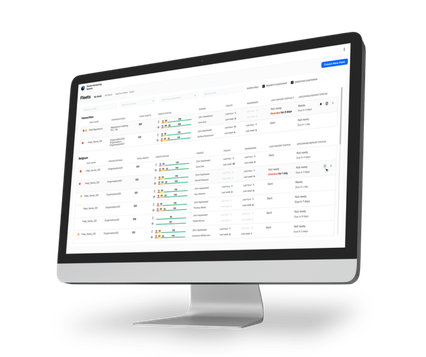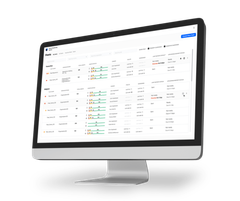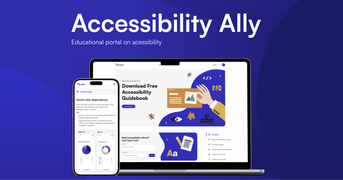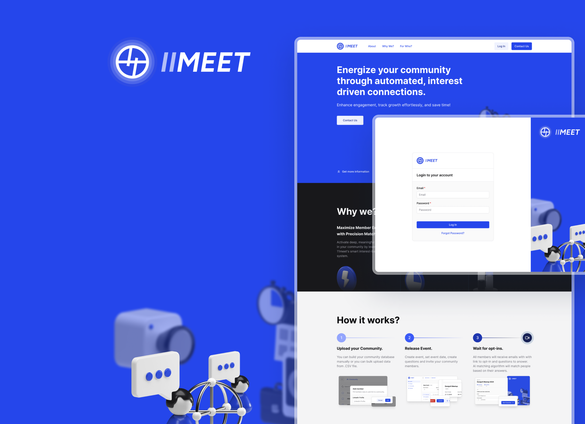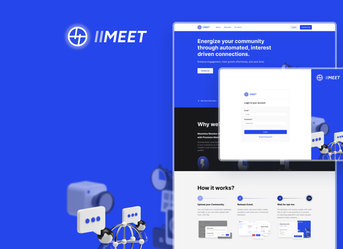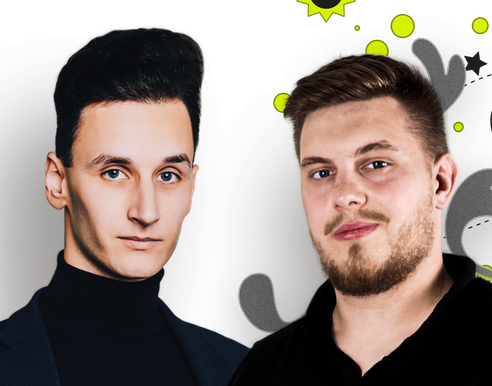VR onboarding is an idea that emerged completely from the bottom up and really by coincidence during one of the meetings. At the same time it pleased everyone so much that immediately the development team and business stakeholders decided to start working together. The initial assumptions that we discussed over the next few days were as follows:
-
The solution should be innovative and use emerging technologies, As ABB promotes growth and modernization of operations within the company,
-
Demonstrate the scale, history and value of the company in an innovative way
-
The Solution should be an emissary for AR/VR technology
-
Add an innovative element to the onboarding process
Our approach
As experience designers, We were responsible for creating main vision, getting along with stakeholders, but also we took part with a development process directly in unity 3D engine.
At a later phase, We were responsible for testing with users and implementing the changes into application so that during production, we would correct how well we were meeting the initial requirements
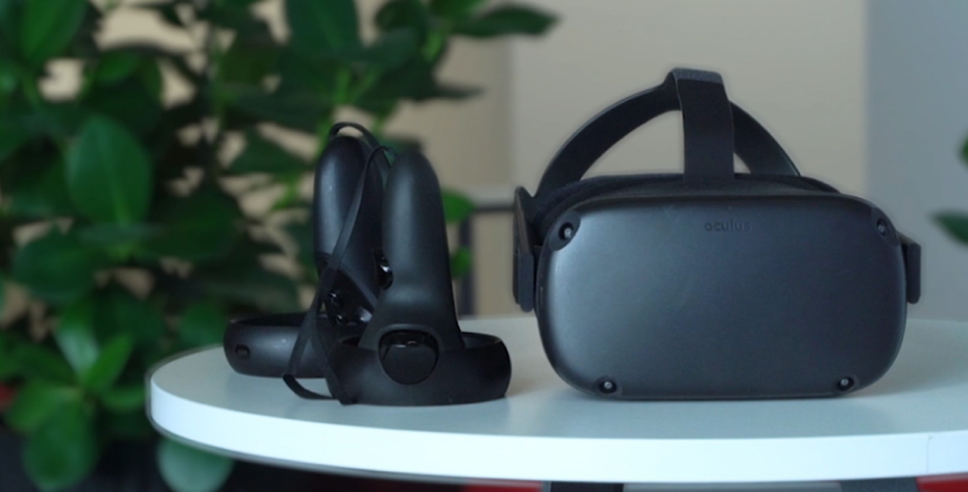
Idea and first steps
Due to the unusual start of the project we did not really have precise requirements, we only knew what the assumptions were, in which environment we were operating and how much budget we had. The first and most important step was to clarify what we wanted to do and how it should have looked like. Given that the target were employees, we went into the field - more precisely, to walk around the office, gather opinions, ideas from people we knew, but at the same time were from different departments of the company like Finance, HR, etc.
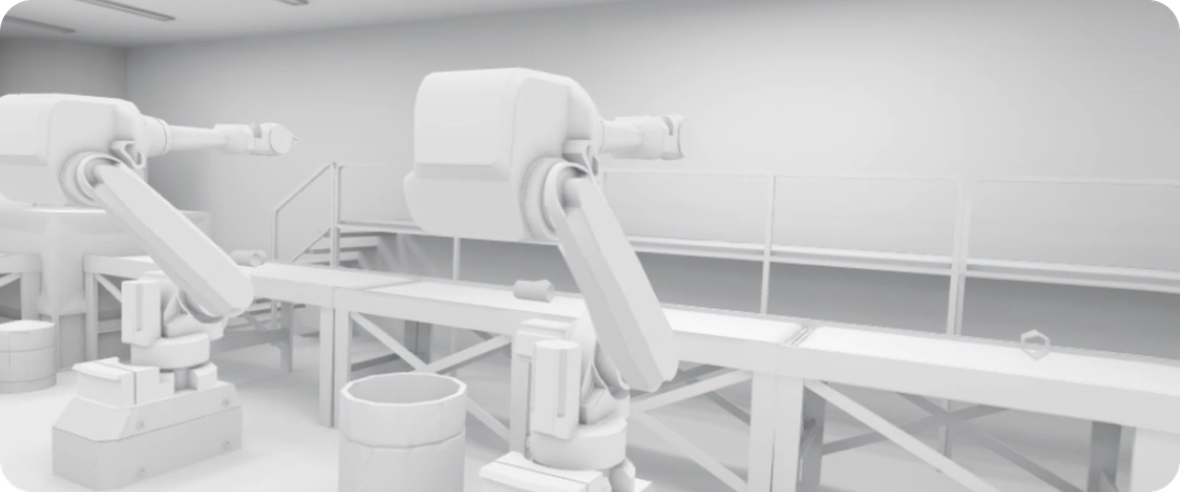
During the meetings and discussions, many interesting ideas and concepts emerged about how the application should look and what should it contain. We also managed to gain some intriguing insights that influenced the further development of the application:
-
the solution should be engaging and stimulating - work in the way that energizer does.
-
Application should be interactive, as employees are passive observers for most of the onboarding time,
-
It should be an brief and easy to understand demonstration of the company’s innovation
-
It should show company branding & products
Product Vision
The information we gathered allowed us to start working. We decided to make a VR application because there was very little familiarity with such technology, so it gave us a lot of room for innovation. We divided the application into several sequences, for each of them we collected a lot of references, as well as historical data about ABB. Futhermore, creating a storyboard and moodboard gave us a better picture of the future application and user flow.
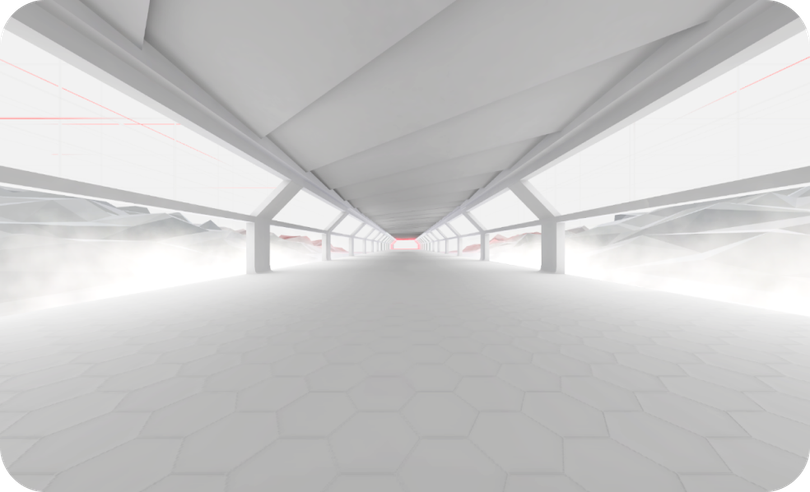
Blockout and prototype
Using our experience in the gamedev industry, we started production by creating a blockout and mockups which let us feel app enviroment, and allowed us to test usability at a very early stage of development.
Over a month after we started, we had the MVP ready - the first version was shown to the people we had previously talked to, as well as the new selected employees.
User research
The user tests we conducted with MVP, clarified several important use cases that we had not considered at the beginning, or assumed would not be so important. They appeared at the user testing stage. Beneath are few examples of insights that we came across after tests:
- Employees were afraid they might have done something wrong
- Difficulty in handling VR controllers for non-technical people
- Discomfort connected with the white app enviroment
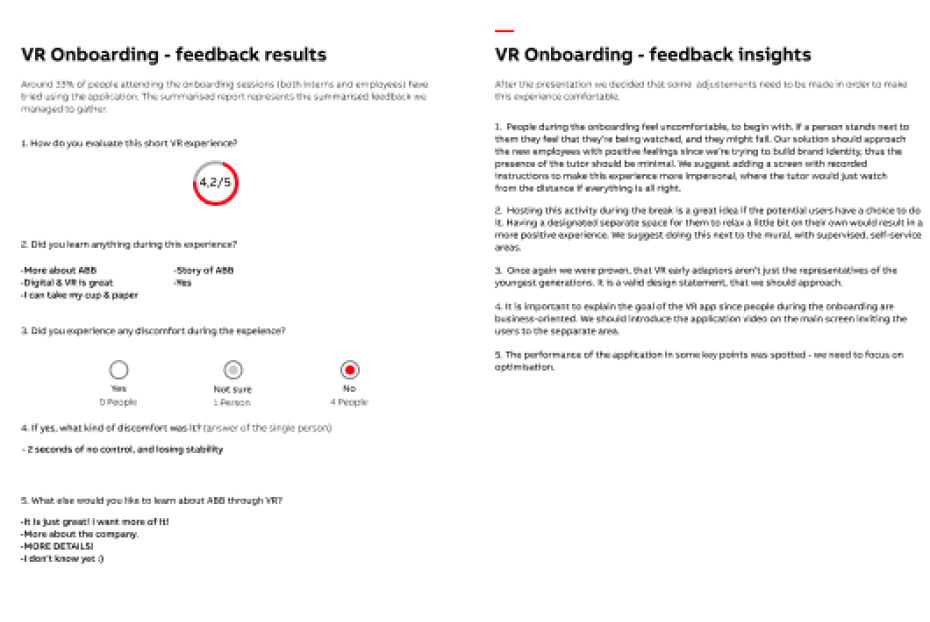
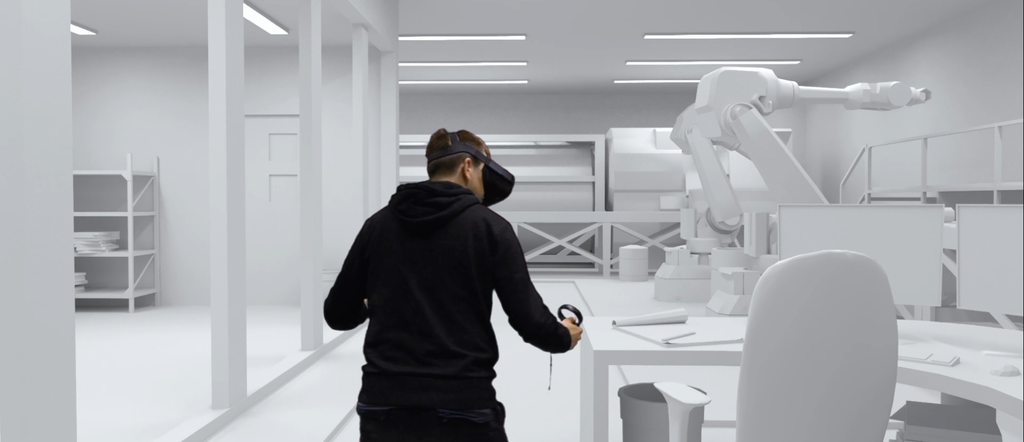
Continous improvement
Using the startup terminology, we made a pivot - we wanted to solve all the problems we have encountered. The most important change was the addition of a narrative and a helper that guided the user through the application and instructed about virtual enviroment.
Additionally, the space the users were in, was constantly improved and modified to make it more user-friendly and less uncomfortable for people inexperienced with Virtual Reality.
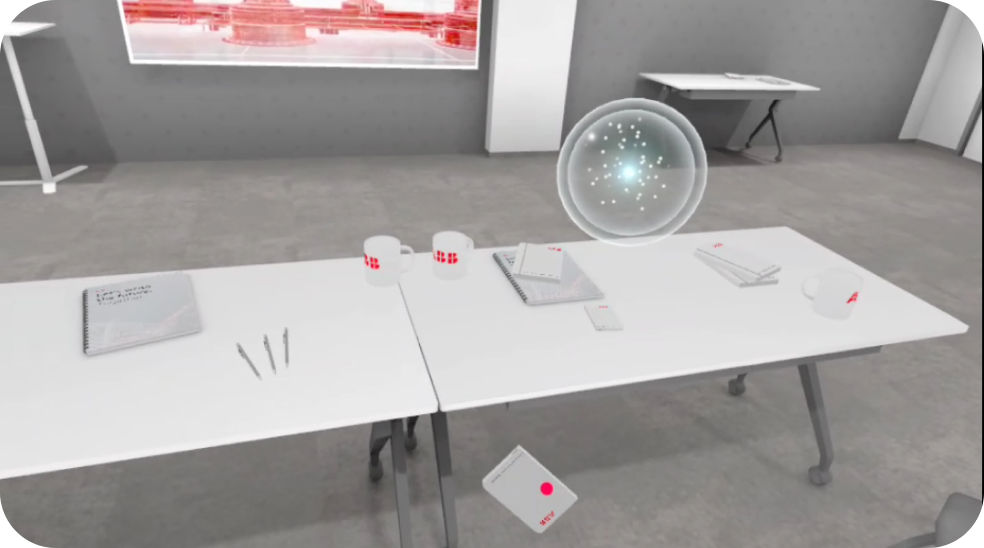
Product future
Further stages of application development and testing with users showed fewer and fewer problems, and the average rating given by users increased significantly.
The application we developed is still being used to deploy employees in Poland. Unfortunately, the covid-19 pandemic in this case has resulted in fewer stationary onboardings.
